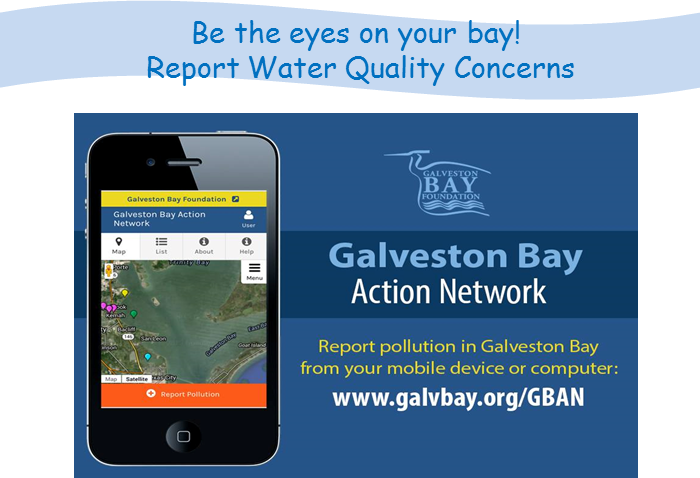Texas has a very large feral hog population. Damage caused by feral hogs is a growing problem because of their destructive feeding habits, potential to spread disease and increasingly growing population. Increasing levels of E. coli from these animal’s waste is entering our waterways. They prefer moist bottomlands and are commonly found in riparian areas near rivers, creeks, streams, lakes, ponds, marshes, bogs, swamps and sloughs. Scientist are able to determine if the E. coli is coming from feral pigs through bacterial source tracking. A combination of their rooting behavior and fecal matter increases nitrogen levels in water, causing lower water quality and sometimes fish kills.
Learn more about how the Texas Parks and Wildlife Department is fighting the feral pig problem by watching the following video:
[youtube]http://youtu.be/GigpxLNbgeg[/youtube]
Exclusion: Modifying habitat, changing animal husbandry practices, and building fences (mesh wire and electric fencing is the most successful type of exclusion).
Snare: Relatively inexpensive, require minimum equipment for installation, and need little maintenance but they will catch a variety of animals (including deer), not just hogs and therefore need to be located where the chance of catching nontarget animals is minimized.
Cage traps: Interfere little with normal hog behavior, can be either permanent or portable fixtures, can catch several hogs at once depending upon the size and design of the trap, and allow the trapper to release any nontarget animals; Captured Hogs can be slaughtered or sent to market.
Shooting and/or Hunting: A hunting license is not required for landowners, landowner’s agent or lessee if feral hogs are damaging the landowner’s property. Feral hog hunting can take place year-round.
Aerial Hunting: With proper permits and licenses, aerial hunting is a legal method of controlling feral hogs in Texas. Depending on the amount of damage caused by feral hogs on a property this may be a cost-effective method.
Agricultural Damage
Hogs will feed on almost any agricultural crop they find.
Financial losses to agricultural producers-feral hogs’ rooting and trampling damages crops, damages farm equipment and injures livestock.
Rooting can also affect the plant composition of a pasture-Hogs destroy desirable foraging grasses.
Environmental Damage
Feral Hogs destroy the habitat of native wildlife.
Swine often deplete specific food sources on which other species depend for survival.
Predation of livestock and wildlife- hogs prey upon kids, lambs, calves, deer, fawns, ground-nesting birds, and a variety of other animals.
Swine wallowing can severely muddy ponds and streams and cause algae blooms, oxygen depletion, bank erosion and soured water.
Disease Transmission
Feral hogs are susceptible to a variety of infectious and parasitic diseases- the greater the population, the greater the chances that they may transmit disease to other wildlife, to livestock and to humans.
Large populations of feral hogs can cause elevated level of E. coli in waterways, which represent a public health concern.
The following video, presented by the Texas Wildlife Association, will illustrate and talk about the damage that can occur as a result of feral pigs:
[youtube]http://youtu.be/2ak4jZY03Ns[/youtube]











